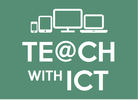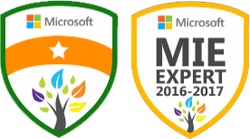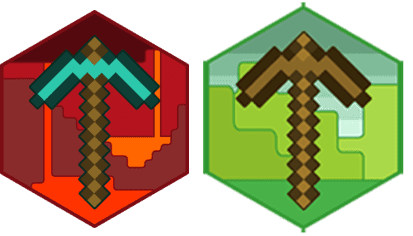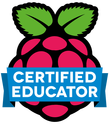 In this week’s lesson, I continued the theme of how data is stored in computers, this week focusing on how characters are represented in a computer system. Learning Objectives:
Lesson 1: Theory (Characters) Suggested time: 50 mins Starter: Students were given the following worksheet and asked to complete the tasks:
Main: I explained that, in the previous lesson, we have looked at how numbers are represented in a computer using binary. I then explained that characters are converted in the same way using something called a character set. Next, I explained that one of the most commonly used character sets is ascii (American Standard Code for Information Interchange). I then showed students the full 7-bit ascii table (See below).
I then explained that the ascii character set uses 7 bits which allows the computer to encode up to 128 characters. Finally, I gave students each a worksheet containing part of the ascii table (containing the letters A to Z in uppercase and lowercase) and asked the students to fill in the gaps in the table. Once complete, I asked the students to attempt the challenges on the worksheet (see below)
Resources: Representation of text - http://web.eecs.utk.edu/research/cs100modules/module3/index.html Ascii text to Binary converter - http://www.binaryhexconverter.com/ascii-text-to-binary-converter Ascii Binary conversion chart - http://www.nthelp.com/ascii.htm Text to Ascii and Binary converter - http://www.computingacademy.org.uk/text-ascii-and-binary-converter Lesson 2: Programming (Python)
Suggested time: 50 mins Main: Students were instructed to setup their Raspberry Pis and to launch IDLE 3. Students were then asked to continue to work through Mark Clarckson’s Introduction to Python booklet: (http://community.computingatschool.org.uk/resources/14) Alternative: Alternatively, if you do not have access to a set of Raspberry Pis, students can still complete the Python challenges: To install Python for FREE, go to the python.org website and download a standard installation of the latest version of Python. This will provide you with everything you need. Comments are closed.
|
AuthorSimon Johnson Microsoft Innovative Educator Expert / MIE Trainer
Minecraft Cert. Educator / Global Mentor
CAS Master Teacher
Raspberry Pi Cert. Educator
Tickle Ambassador
Archives
June 2017
CategoriesAll Algorithms Cpu Fundamentals Hardware Input & Output Memory OCR A451 Software Storage |
||||||||||||||||||||||||
Search by typing & pressing enter






 RSS Feed
RSS Feed
